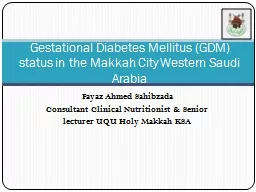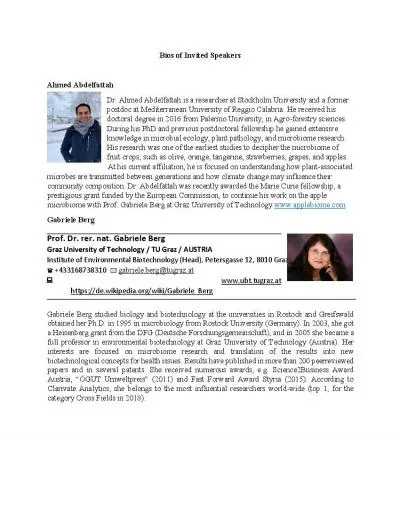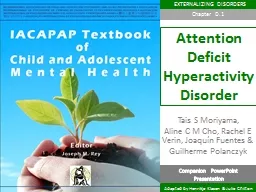PPT-Fayaz Ahmed Sahibzada
Author : mitsue-stanley | Published Date : 2016-10-26
Consultant Clinical Nutritionist amp Senior lecturer UQU Holy Makkah KSA Gestational Diabetes Mellitus GDM status in the Makkah City Western Saudi Arabia Background
Presentation Embed Code
Download Presentation
Download Presentation The PPT/PDF document "Fayaz Ahmed Sahibzada" is the property of its rightful owner. Permission is granted to download and print the materials on this website for personal, non-commercial use only, and to display it on your personal computer provided you do not modify the materials and that you retain all copyright notices contained in the materials. By downloading content from our website, you accept the terms of this agreement.
Fayaz Ahmed Sahibzada: Transcript
Download Rules Of Document
"Fayaz Ahmed Sahibzada"The content belongs to its owner. You may download and print it for personal use, without modification, and keep all copyright notices. By downloading, you agree to these terms.
Related Documents














